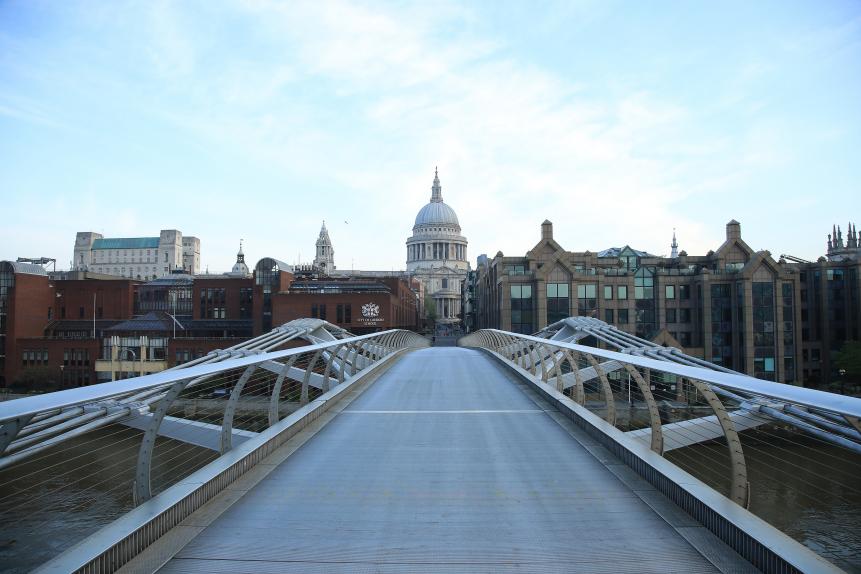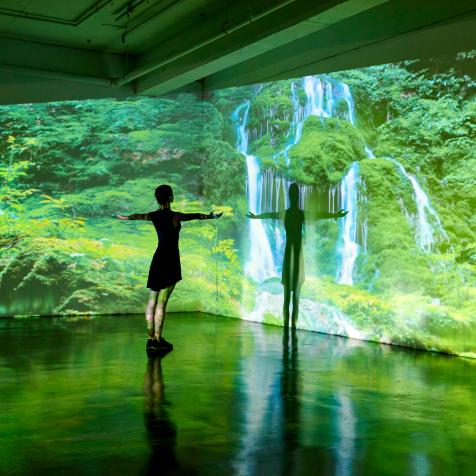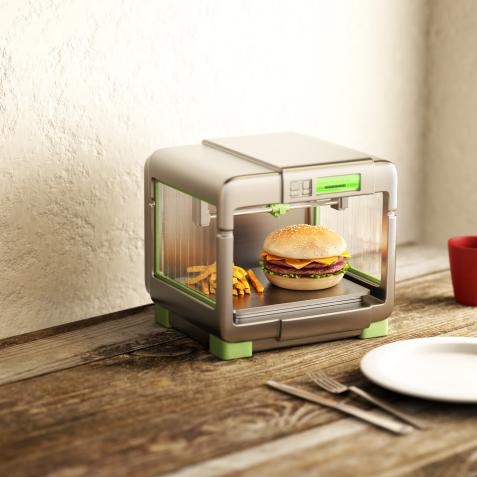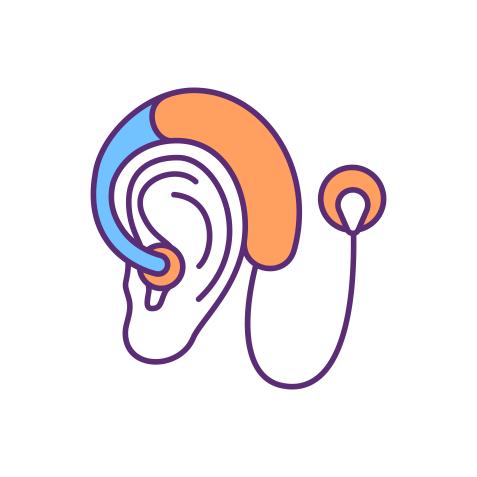
Chris Hackett
Clean Air Tech and Pollution Reduction Post-COVID
One of the unintended positive consequences of the coronavirus pandemic is a reduction in air pollution.
Fossil fuel emissions have fallen drastically around the planet, though scientists also warn of a 'bounce back' once restrictions on movement cease. Yet glimpses from this clean air 'window' show a bright future for people, technology, and businesses working together on a solution.
Clear Skies in Major Cities

Andrew Redington
Satellite data clearly shows a decline of up to 30 percent in nitrogen dioxide (NO2) related to vehicle emissions and industrial activity in the southwest and the northeast United States. In some European cities – Paris, Rome, Madrid – NO2 dropped by 50 percent. That is good news for healthcare as prolonged exposure to polluted air is linked to health complications and deaths.
Long-term trends for air quality in rich countries like the US show huge drops in NO2 and other emissions like sulfur dioxide (SO2) since 1970, mirroring the switch to cleaner air policies. Globally, the story is less flattering and the World Health Organization says there are seven million premature deaths each year from pollution-related illnesses that damage the heart and lungs.
Clean Air Inside

Sucharas wongpeth
At home or in the office we can improve air quality by using an air purifier. Indoor purifiers containing HEPA air filters remove airborne pollutants including pollen, dust, gas, and viral particles. Add to the purifying effect with advice from NASA's Clean Air Study, which compiles a list of 28 common indoor plants that can naturally remove toxic agents such as benzene or formaldehyde from the air.
Researchers suggest placing at least one plant for every 100 square feet to tackle sick building syndrome caused by volatile organic compounds in paints and spores or mycotoxins from indoor molds. If we also do a deep clean of our homes and offices by cleaning and disinfecting high-touch surfaces, we can cut out many of the pollutants and microbes that pose a health risk.
Outdoors is another world. Companies like Airlens create a range of clean air technology to tackle pollution and viral transmission, including N-99 masks (that filter out 99 percent of particles) and in-car sanitizing filters. Face masks may well become a feature of everyday life, so finding a suitable filtering mask – N-95 and above say experts – that is comfortable and cleanable is the next step.
Corporate Social Responsibility

Justin Paget
Industries are also making a commitment to developing clean air technology and pushing for lower pollution levels. Planting trees may seem like a basic measure, but it is backed by industry to reduce NO2, SO2, and particulate matter. Projects such as the Trillion Tree Campaign coupled with recognizing the important role indigenous peoples play in stopping climate change, need universal support.
Technologies such as carbon capture storage and utilization (CCSU) that remove the greenhouse gas carbon dioxide (CO2) from industrial fumes, or the atmosphere, are also crucial. CO2 can be captured and buried, or recycled for use in chemical products, constructional materials, and agricultural feeds.
Clean air technologies can take novel forms too. Volta Greentech is creating a seaweed-based cattle feed that reduces the amount of methane released into the atmosphere from cow burps – around four or five percent of total annual greenhouse gas emissions.
Meanwhile, research into gas storage led a team at Northwestern University to produce a metallic 'sponge' that can hold large volumes of hydrogen for use in the next generation of clean energy vehicles.
Pausing the economy may have enabled a shift in direction that allows us to tackle air pollution and the bigger issue of climate change. In the UK a letter from 200 companies and large investors has urged the government to restart the economy with a green recovery plan, prioritizing low carbon growth and the environment. The World Economic Forum has also published a five-step guide for a recovery that protects air quality post-coronavirus and saves lives.
Find out more about the Air Quality Index in your region at the government's Airnow website, or track air pollution in real-time across the planet at the World Air Quality Index.


















